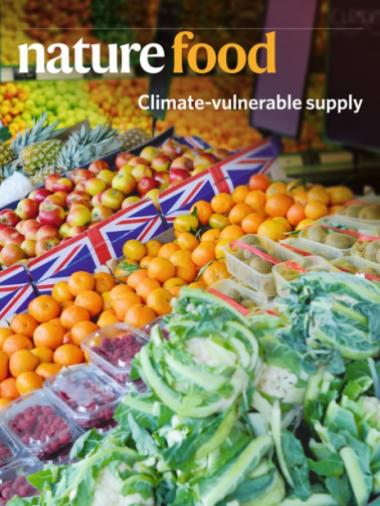Spatial frameworks for robust estimation of yield gaps

Food security interventions and policies need reliable estimates of crop production and the scope to enhance production on existing cropland. Here we assess the performance of two widely used ‘top-down’ gridded frameworks (Global Agro-ecological Zones and Agricultural Model Intercomparison and Improvement Project) versus an alternative ‘bottom-up’ approach (Global Yield Gap Atlas). The Global Yield Gap Atlas estimates extra production potential locally for a number of sites representing major breadbaskets and then upscales the results to larger spatial scales. We find that estimates from top-down frameworks are alarmingly unlikely, with estimated potential production being lower than current farm production at some locations. The consequences of using these coarse estimates to predict food security are illustrated by an example for sub-Saharan Africa, where using different approaches would lead to different prognoses about future cereal self-sufficiency. Our study shows that foresight about food security and associated agriculture research priority setting based on yield potential and yield gaps derived from top-down approaches are subject to a high degree of uncertainty and would benefit from incorporating estimates from bottom-up approaches.
Citación
Edreira JIR, Andrade JF, Cassman KG, van Ittersum MK, van Loon MP, Grassini P. 2021. Spatial frameworks for robust estimation of yield gaps. Nature Food 2:773–779..